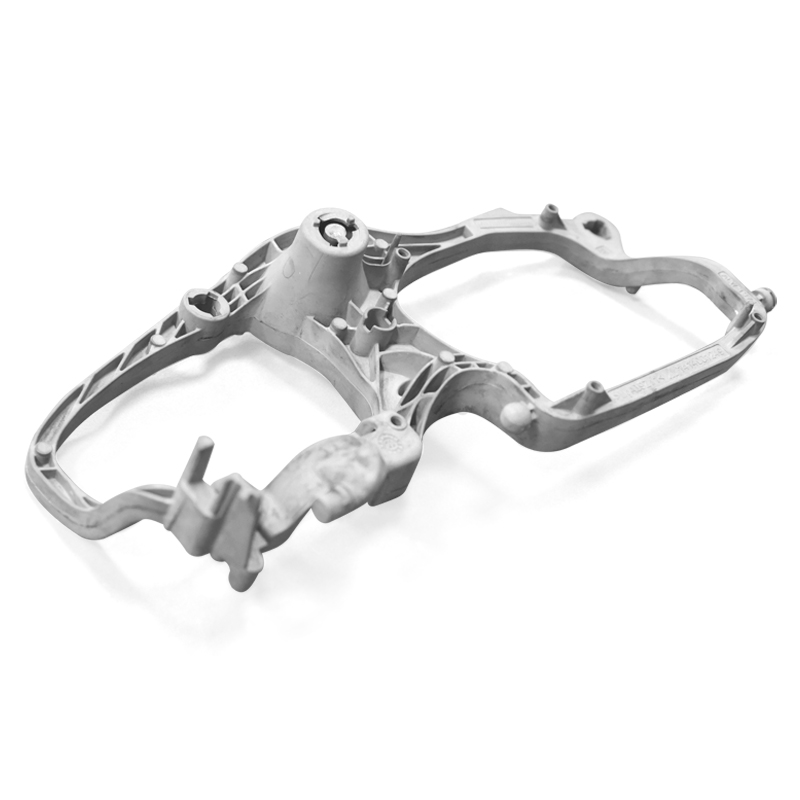Aluminum casting molds play a crucial role in the manufacturing process of various products. From automotive parts to household appliances, these molds are responsible for shaping aluminum into complex and intricate designs. This article aims to provide an in-depth exploration of the world of aluminum casting molds, shedding light on their importance, types, and the casting process itself.
First and foremost, it is essential to understand the significance of aluminum casting molds in the manufacturing industry. Aluminum, being a lightweight and corrosion-resistant metal, is widely used in various applications. However, shaping aluminum into specific forms and structures can be challenging. This is where casting molds come into play. These molds act as a blueprint or template, allowing manufacturers to accurately replicate desired shapes and dimensions. With the help of casting molds, products can be manufactured with high precision and consistency.
Now let\’s delve into the different types of aluminum casting molds. The two primary types are permanent molds and expendable molds. Permanent molds, also known as semi-permanent molds, are made from materials such as steel or iron. These molds are durable and can be used repeatedly, making them suitable for high-volume production. On the other hand, expendable molds, as the name suggests, are designed for single-use. They are typically made from materials like sand or plaster. Expendable molds are more cost-effective and are commonly used for low-volume production or for casting prototypes.
The casting process itself involves several steps. Firstly, the molten aluminum is poured into the mold cavity. To ensure a smooth flow and minimize turbulence, the metal is poured at a controlled temperature and with the help of a funnel or ladle. Once the mold cavity is filled, the metal is left to cool and solidify. The cooling time depends on the size and complexity of the casting. After solidification, the mold is opened, and the casting is removed. Depending on the requirements, the casting may undergo additional processes such as trimming, deburring, or surface treatment before it is ready for use.
To achieve high-quality castings, precision and attention to detail are crucial. The design of the casting mold must be carefully considered to accommodate shrinkage and compensate for any defects that may occur during the solidification process. Additionally, the choice of mold material plays a significant role in ensuring the final product\’s integrity. Steel and iron molds offer superior durability and heat resistance, whereas expendable molds provide flexibility and cost-efficiency.

The advancements in technology have revolutionized the world of aluminum casting molds. Computer-aided design (CAD) software and simulation tools enable manufacturers to create highly complex and intricate mold designs. These tools also allow for accurate prediction of the casting process, helping to optimize the mold design and minimize defects. Furthermore, the use of additive manufacturing techniques, such as 3D printing, has opened up new possibilities in mold production. It allows for rapid prototyping and customization, reducing lead times and costs associated with traditional mold manufacturing methods.
In conclusion, aluminum casting molds are an integral part of the manufacturing industry. They enable the production of high-quality aluminum products with precision and consistency. The choice of mold type and material depends on the desired production volume and complexity. The casting process requires careful attention to detail and consideration of various factors to achieve optimal results. With advancements in technology, the world of aluminum casting molds continues to evolve, offering new possibilities and opportunities for innovation.
-

- High precision magnesium alloy die casting parts for automotive ignition lock
-

- Soportes metálicos de tixomoldeo de fundición a presión de aleación de magnesio
-

- Fundición a presión de aleación de magnesio Autopartes Carcasa RDM
-

- OEM die casting service metal components of macbook middle
-

- Bicicletas para niños, bicicletas para niños de 3 a 16 años, niño/OEM, bicicleta para niños, bicicletas de montaña para niños 2022
-

- Wholesale Magnesium Alloy Baby Cycle For 3 To 5 Years Old 12 Inch Kids Cycle OEM Cheap

 0086-750-5616188
0086-750-5616188 +86 13392089688
+86 13392089688 sales@zhongmei-tech.com
sales@zhongmei-tech.com







